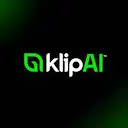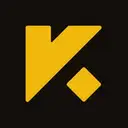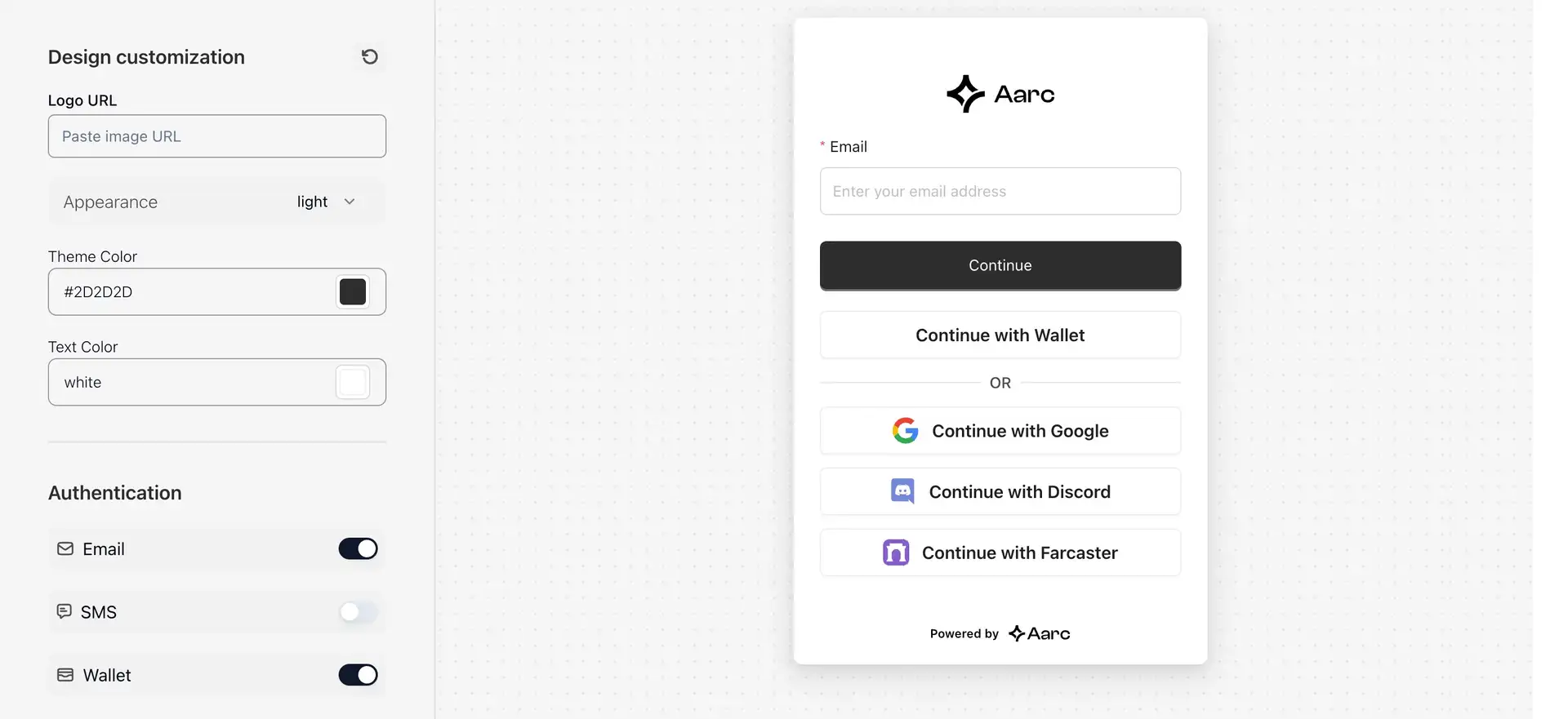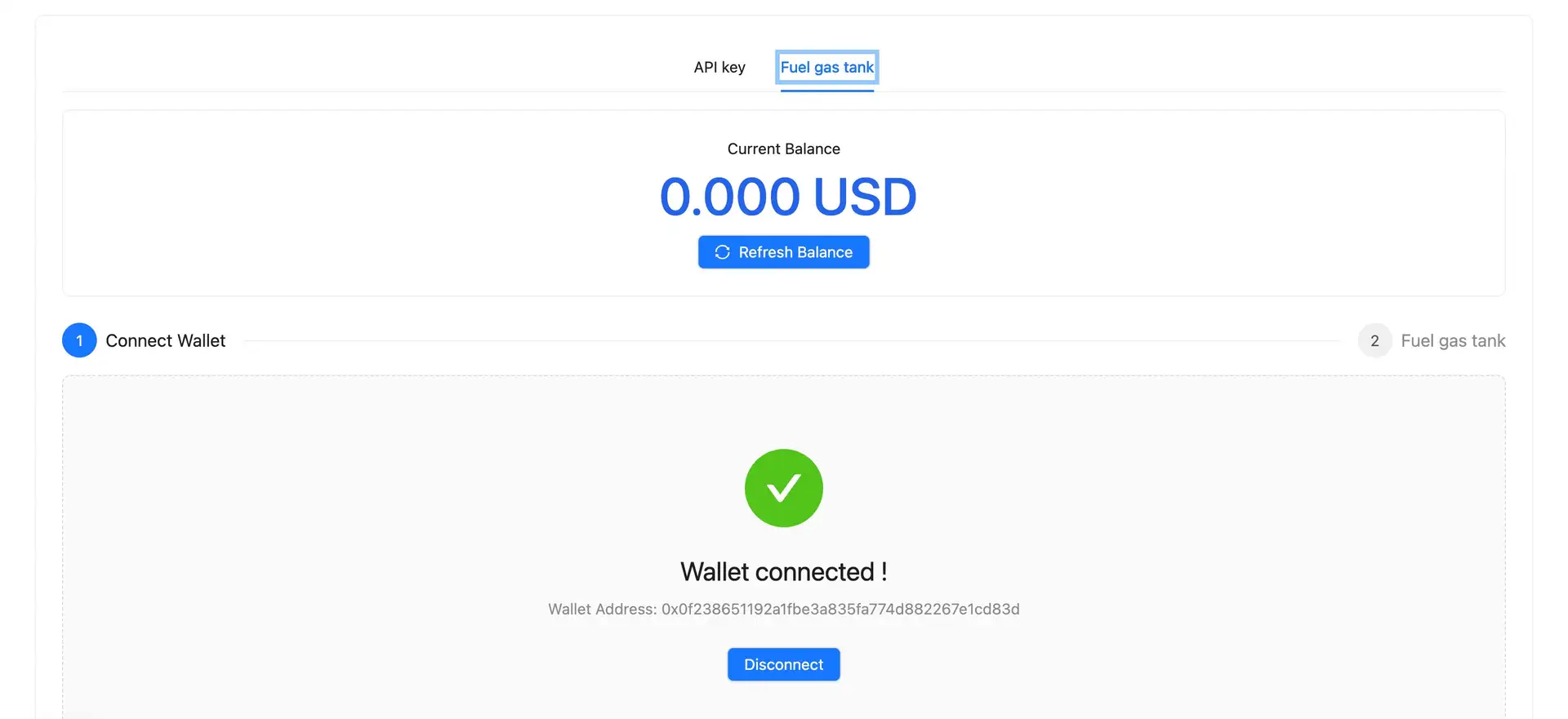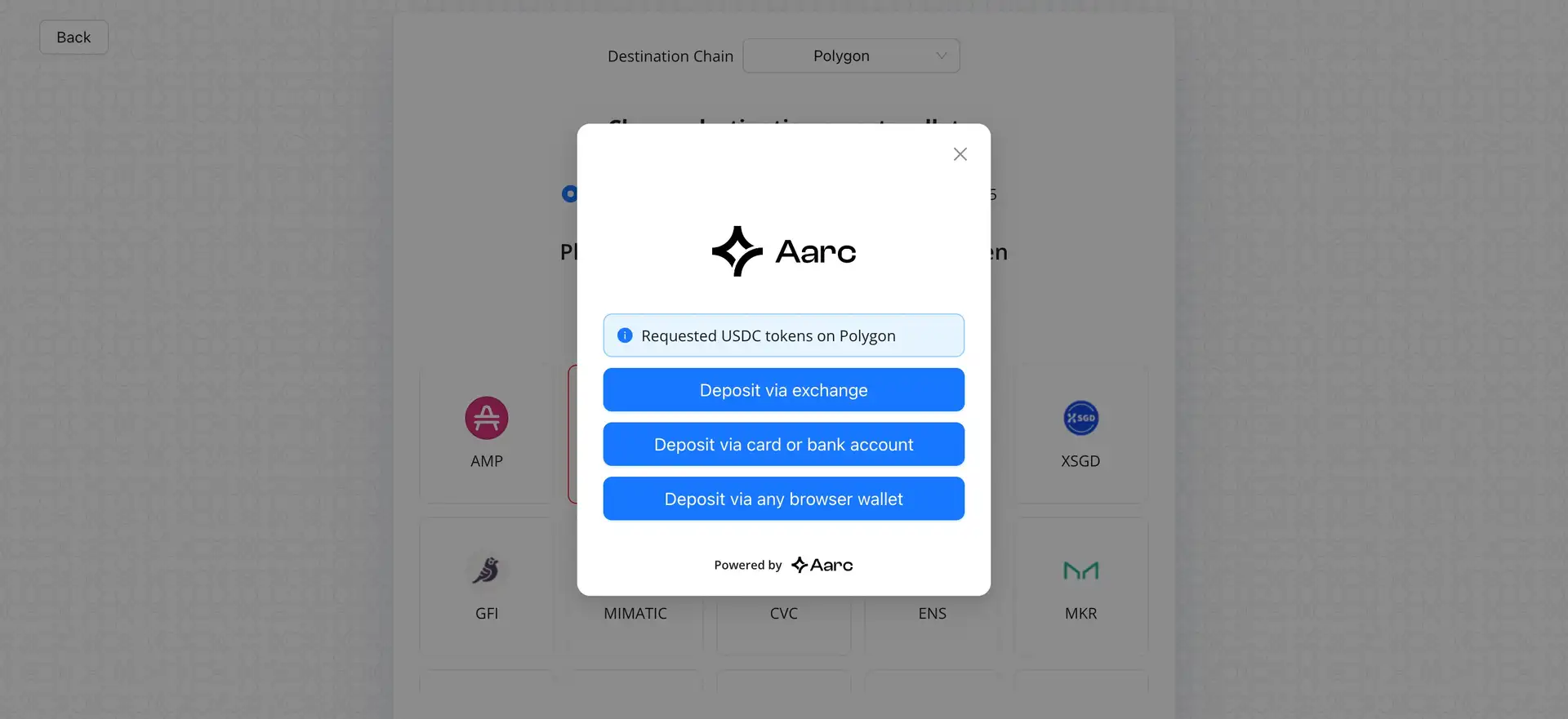About Aarc
Aarc is an innovative platform designed to revolutionize how decentralized applications (dApps) operate across various blockchain networks. In today's rapidly expanding blockchain ecosystem, the rise of independent Layer 2 rollups and diverse blockchain solutions has introduced complexities that hinder the seamless interaction of dApps across different networks. Aarc's mission is to tackle this fragmentation by providing a modular, omnichain solution that allows dApps to integrate and operate effortlessly across multiple chains without the need for complex, multi-chain deployments, migrations, or modifications to existing smart contracts.
At its core, Aarc seeks to simplify the developer experience while enhancing the user experience by enabling a unified interaction with blockchain technology. The platform envisions a future where blockchain networks act merely as settlement layers, with dApps operating fluidly across these layers, thus creating an interconnected ecosystem that is easy for both developers and users to navigate. This approach not only reduces the technical barriers to developing and deploying dApps but also addresses the inefficiencies and user experience challenges that arise from operating within isolated blockchain environments.
Aarc is a modular and omnichain network designed to address the challenges of a fragmented blockchain ecosystem. As the blockchain space evolves, the proliferation of independent Layer 2 rollups, specialized chains, and other blockchain solutions has led to increased complexity for both developers and users. These complexities often result in difficulties for developers who need to deploy their dApps across multiple chains and for users who are forced to navigate disparate blockchain environments. Aarc’s solution to these challenges is a unified platform that enables seamless integration and operation of dApps across various blockchain networks without the need for complex multi-chain deployments, migrations, or contract modifications.
The primary goal of Aarc is to transform blockchain networks into mere settlement layers, allowing dApps to operate fluidly across these layers. By doing so, Aarc aims to eliminate the technical and operational barriers that have traditionally made multi-chain dApp deployment a daunting task. The platform’s permissionless and modular infrastructure is designed to be developer-centric, offering a suite of intuitive SDKs and APIs that cater to various use cases, making it easier for developers to build and scale their dApps across multiple chains.
One of the key features of Aarc is its ability to support over 65 blockchains, providing dApps with immediate access to a broad and diverse user base. This extensive support ensures that developers can deploy their dApps across numerous chains with a single integration, significantly reducing the time and effort required for multi-chain deployments. Moreover, Aarc's zero-touch solution allows developers to integrate the platform’s SDKs and APIs without needing to modify their existing smart contracts, further streamlining the development process.
Aarc's approach to solving the challenges of a fragmented blockchain ecosystem positions it as a unique and valuable player in the industry. The platform’s focus on cross-chain compatibility, ease of integration, and developer experience sets it apart from other projects that attempt to address similar issues. While there are other platforms in the blockchain space that offer multi-chain solutions, such as Polkadot and Cosmos, Aarc’s combination of extensive chain support, a developer-friendly environment, and a focus on simplifying the user experience makes it stand out as a comprehensive solution for the future of dApp development. For further details, visit Aarc's official website.
- Unified Integration Across Chains: Aarc offers a single integration that allows dApps to go live on over 65 supported chains. This eliminates the need for complex multi-chain deployments and reduces the operational overhead for developers.
- Zero-Touch Solution: Developers can integrate Aarc’s SDKs and APIs without altering their existing smart contracts. This ensures that developers can quickly enable multi-chain functionality without having to make significant changes to their dApp's codebase.
- Extensive Blockchain Support: With support for over 65 blockchains, Aarc provides dApps with immediate access to a broad user base. This wide support ensures that dApps can reach users across multiple blockchain networks without the need for additional integrations.
- Developer-Centric Design: Aarc prioritizes the developer experience by offering intuitive and use-case-specific SDKs and APIs. This focus on ease of use makes it simpler for developers to build and scale chain-agnostic dApps.
- Scalability and Flexibility: The modular architecture of Aarc allows for scalable and flexible development. Developers can choose the components they need and integrate them seamlessly into their existing dApps.
- Permissionless Infrastructure: Aarc’s permissionless design allows developers to build and deploy their dApps without requiring approval from a central authority. This open environment encourages innovation and rapid development.
- Omnichain Compatibility: Aarc enables dApps to operate across multiple chains, ensuring that they can interact with users and assets on different blockchain networks without friction. For more details, visit Aarc's official website.
To get started with Aarc, follow these detailed steps:
- Explore Aarc's Developer Documentation: Begin by visiting the Aarc Developer Documentation to familiarize yourself with the platform’s capabilities, SDKs, and APIs.
- Choose the Right SDK: Based on your specific use case, select the appropriate SDK from Aarc’s offerings. For instance, the OpenAuth Kit is ideal for dApps requiring multi-chain user authentication, while the Fund Kit is suitable for those that need seamless cross-chain fund transfers.
- Integration Steps:
- Download the SDK: Access the relevant SDK from Aarc’s documentation page.
- Set Up Your Environment: Follow the provided instructions to set up your development environment. Ensure that all dependencies are installed and configured correctly.
- Implement the SDK: Integrate the SDK into your dApp by following the step-by-step integration guide. This may involve adding specific code snippets to your smart contracts or frontend application.
- Configure Chain Support: Specify which blockchains your dApp will support. Aarc’s SDKs are designed to work with multiple chains out of the box, but you may need to configure specific settings depending on your dApp’s requirements.
- Testing:
- Deploy to Testnet: Before going live, deploy your dApp to a testnet environment to ensure everything works as expected across the supported chains.
- Cross-Chain Functionality Testing: Perform comprehensive tests to verify that your dApp functions seamlessly on all selected chains. Check for issues related to user accounts, liquidity transfers, and other chain-specific interactions.
- Deployment and Going Live:
- Final Review: Conduct a final review of your dApp to ensure all components are functioning correctly. This includes checking the user interface, backend operations, and cross-chain interactions.
- Mainnet Deployment: Once satisfied with the testnet results, deploy your dApp to the mainnet. Aarc’s infrastructure supports a smooth transition from testnet to mainnet with minimal friction.
Aarc Reviews by Real Users
Aarc FAQ
Aarc ensures seamless cross-chain functionality by offering a zero-touch solution. Developers can integrate Aarc’s SDKs and APIs directly into their dApps without modifying existing smart contracts. This allows your dApp to operate fluidly across over 65 blockchains, minimizing friction and reducing the need for complex multi-chain deployments. For more details, visit Aarc's Developer Documentation.
Aarc differentiates itself with its modular and permissionless infrastructure, allowing developers to build and deploy dApps without requiring chain-specific knowledge. Unlike other solutions, Aarc supports over 65 blockchains out of the box with a single integration, providing broader compatibility and simplifying development. Explore more on how Aarc stands out at Aarc's official website.
Yes, with Aarc, you can scale your existing dApp to new blockchains without rewriting your code. Aarc's zero-touch integration means you can add support for additional chains by integrating the relevant SDK, without altering your original smart contracts
Aarc simplifies user account management with its OpenAuth Kit, which supports multi-chain authentication. This allows users to access your dApp across different blockchains using a unified account system, reducing the friction of managing multiple accounts.
Aarc offers extensive support for developers, including detailed documentation, SDKs, and community resources. The platform provides a streamlined process for integrating dApps into multiple blockchains, along with guidance on testing and deployment. Developers can also join the Aarc community for additional support and collaboration. Visit Aarc's Developer Documentation for more information.
You Might Also Like



